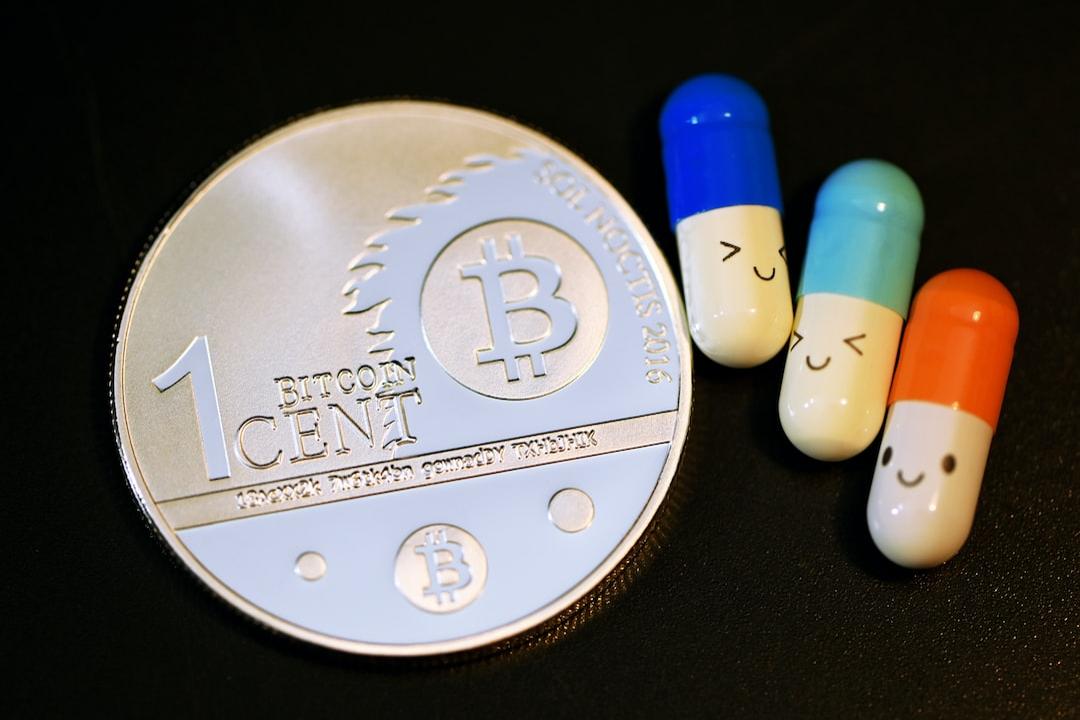Bitcoin miners are facing challenges due to rising operational costs and lower rewards, but the situation is not catastrophic, according to a cryptocurrency analyst. James Check, also known as “Checkmatey,” the lead analyst at Glassnode, explained that there is currently a hash ribbon inversion, resulting in blocks being found slightly slower than usual. This indicates a decrease in hash rate and suggests that about 5% of mining hash rate is struggling. However, Check emphasized that this is not a significant percentage and does not indicate a complete sell-off of Bitcoin holdings.
A hash ribbon inversion occurs when the 30-day moving average of the hash rate falls below the 60-day moving average, indicating a period of mining difficulty. This can be caused by factors such as increased operational costs, a decline in Bitcoin’s price, or equipment issues.
After the Bitcoin Halving event on April 20, the hash rate started to decline as mining firms shut down unprofitable rigs. The halving event occurs every four years and cuts miners’ rewards in half. Following the April 20 halving, mining rewards were reduced to 3.125 BTC from 6.25 BTC.
Currently, the Bitcoin network’s hash rate stands at 586 exahash per second (EH/s), a 2% decrease over the past 30 days. Despite the challenges, Check suggested that miners may be breaking even as they mine new Bitcoins to cover their operational costs.
Analysts have noted that Bitcoin miners are selling most of their coins to cover expenses, and transaction fees have become a significant source of revenue for them. This situation has prompted the industry to innovate and apply efficient capital management strategies.
In conclusion, while Bitcoin miners are facing difficulties due to rising costs and lower rewards, the situation is not dire. They are adapting to the changing landscape by adjusting their strategies and relying on transaction fees as a primary source of revenue. Despite the challenges, miners are finding ways to sustain their operations and acquire new capacity.

